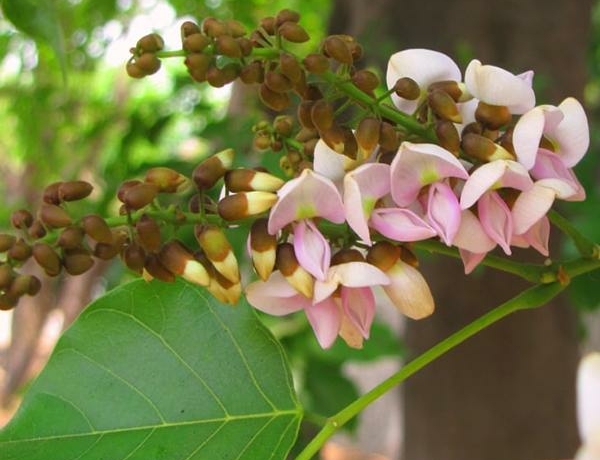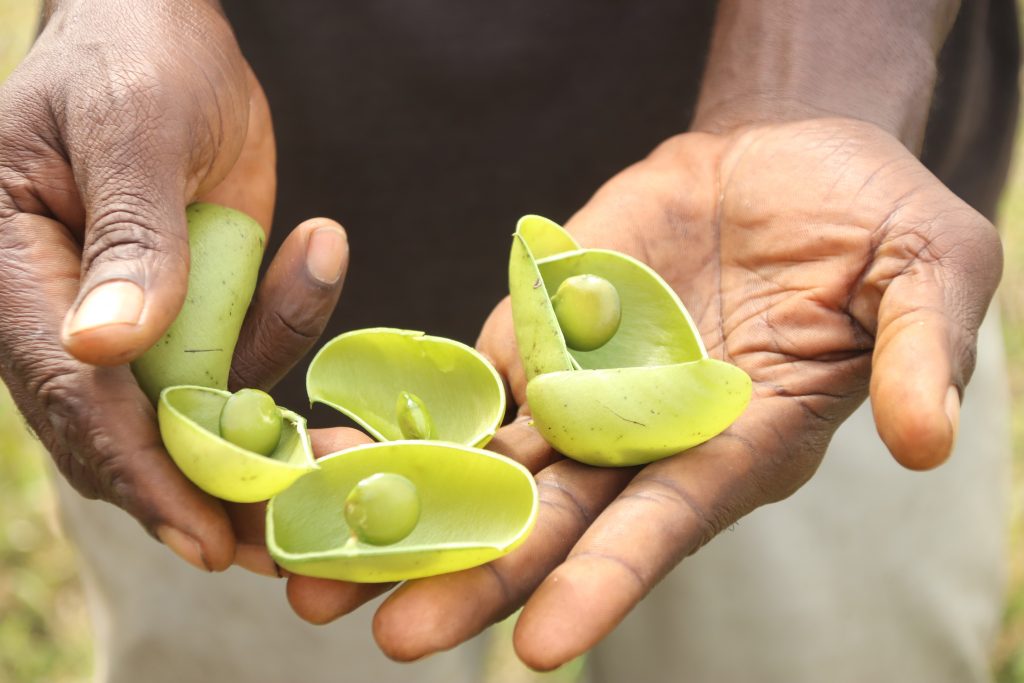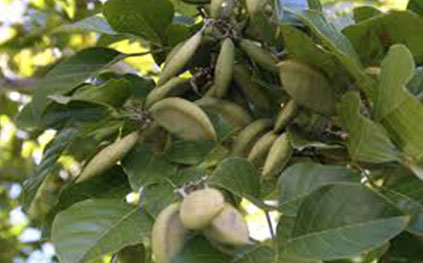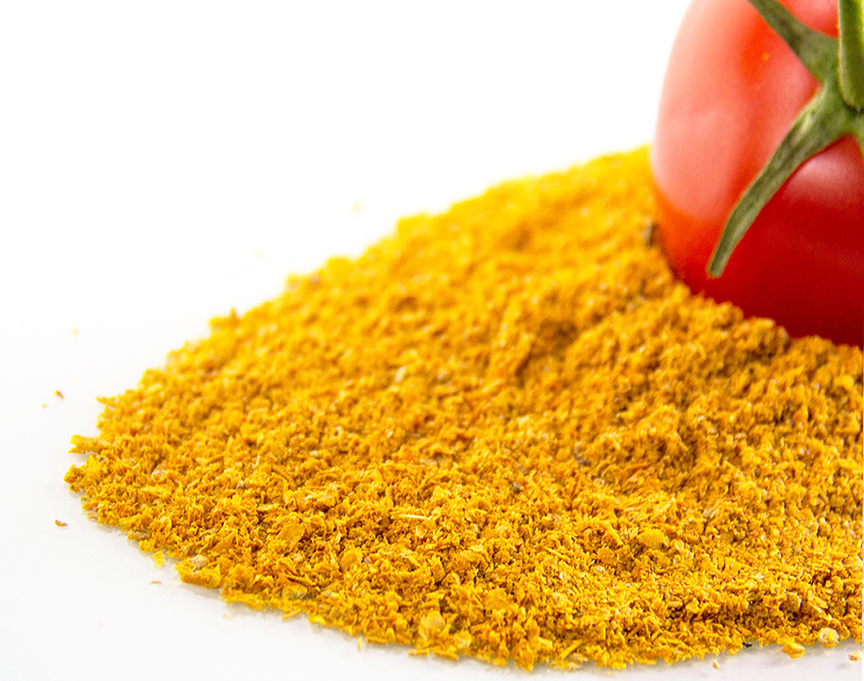Karanjin vs Azadirachtin: Which Botanical Pesticide Works Best?
n recent years, the demand for eco-friendly pest control solutions has grown rapidly. Farmers, gardeners, and agricultural researchers are increasingly turning to botanical pesticides as alternatives to chemical products. Two of the most widely discussed compounds are Karanjin (from Pongamia pinnata) and Azadirachtin (from Azadirachta indica, also known as neem).
But which one works best? Let’s compare their origins, properties, and applications.
🌱 Source and Composition
Karanjin
Extracted from the seeds of Pongamia pinnata (Indian beech tree).
Belongs to the furanoflavonoid family.
Known for its antifeedant, insecticidal, and fungicidal activities.
Azadirachtin
Derived from neem seeds (Azadirachta indica).
Classified as a tetranortriterpenoid compound.
Acts as an insect growth regulator, disrupting molting and reproduction.
🐛 Mode of Action
Karanjin
Works by inhibiting enzyme activity in insects.
Repels pests and reduces feeding behavior.
Effective against mites, whiteflies, and some fungal pathogens.
Azadirachtin
Disrupts the hormonal system of insects.
Prevents larvae from maturing and reproducing.
Broad-spectrum activity against more than 200 insect species.
🌾 Applications
Karanjin
Suitable for soil health improvement and pest control.
Often used in integrated pest management (IPM) programs.
Particularly effective in organic farming where chemical pesticides are restricted.
Azadirachtin
Widely used in commercial organic pesticides.
Available in various formulations (oil, powder, emulsions).
Applied in both large-scale agriculture and home gardening.
⚖️ Pros and Cons
Karanjin Pros
✅ Multiple biological activities (insecticidal, fungicidal, nematicidal).
✅ Improves soil quality when used as a seed cake or residue.
✅ Effective in tropical climates.
Karanjin Cons
❌ Less widely available than neem-based products.
❌ Limited large-scale commercial formulations.
Azadirachtin Pros
✅ Strong evidence base with hundreds of research papers.
✅ Broad-spectrum pest control.
✅ Common in certified organic pest control products.
Azadirachtin Cons
❌ Sometimes expensive due to extraction complexity.
❌ Can degrade quickly under UV light, reducing field stability.
🧭 Which One Should You Choose?
If you are looking for multi-functional benefits (pest control + soil health), Karanjin is a strong choice.
If you need a broad-spectrum solution with proven global adoption, Azadirachtin is likely the better option.
For many farmers, combining both in an integrated approach offers the best long-term results.
📌 Key Takeaways
Both Karanjin and Azadirachtin are effective botanical pesticides.
Choice depends on availability, target pests, and application method.
Both play an important role in building a sustainable and eco-friendly agriculture system.




